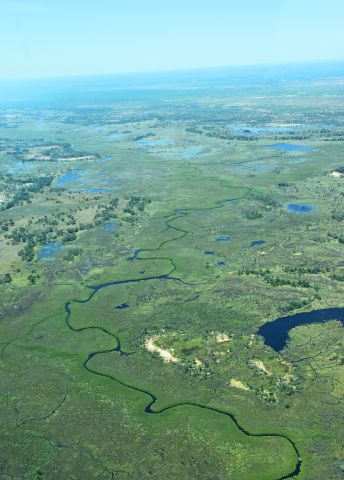Celebrating Earth Day
10 Amazing Nature Facts about Africa
In honor of Earth Day, we’re going to share ten of our favorite facts about the African bush. Bizarre creatures, dramatic landscapes, and nature on another scale. It’s a truly spectacular place!
- Africa is the hottest continent on Earth, with 60% of its lands encompassing deserts, savannahs, and dry bushveld.
- The Great Rift Valley is a massive crack in the surface of the Earth. It runs 3,700 miles from Lebanon down through east Africa, eventually ending in Mozambique. This region is home to some of the most famous safari destinations in the world, including the Serengeti and Masai Mara. It is also home to some of the oldest human civilizations in the world.
- Africa is home to 4 out of 5 of the world’s fastest creatures – the cheetah (max 70 mph), wildebeest, lion, and Thomson’s gazelle (all about max 50 mph).
- Everyone knows that leopards and cheetahs have beautiful spotted coats, but did you know that lions do too? As cubs, their spots are quite apparent, but they gradually fade as they reach adulthood. Sometimes you can still see faint spots on the legs of adult lions.
- The Namib Desert is home to the fogstand beetle. This unique insect actually drinks the fog in an effort to get water in its dry habitat. When it’s foggy, the beetle raises itself up into a headstand position, spreading its wings like a fan. On its wings are tiny water-attracting bumps that capture the moisture in the air. The water accumulates until it forms a droplet, which then rolls down troughs in the beetle’s back and into its mouthparts. What an incredible adaptation!
- Africa is the world’s second driest continent. (Australia takes the dubious honor of being the driest.)
- Mount Cameroon is the wettest part of Africa, receiving a whopping 374 inches of rain every year.
- The African continent is home to an impressive 1,100 different mammal species, and more than 2,600 species of birds – that’s some impressive biodiversity!
- Africa is home to the largest swarms of birds in the world – 1.5 BILLION red-billed quelea will fly together in one massive super-flock. That’s a lot of bird seed!
- Some acacia trees have special hollow chambers called domatia on the tips of their branches, which house ant colonies. In exchange for a regular supply of nectar to feed on, the ants help protect the acacia tree from herbivory, swarming and biting any giraffes that stop by for a nibble of the leaves.



